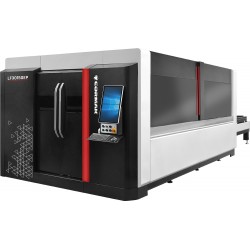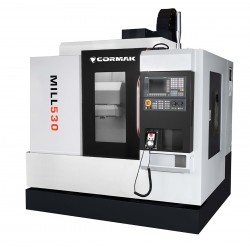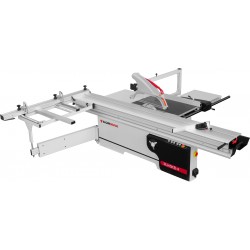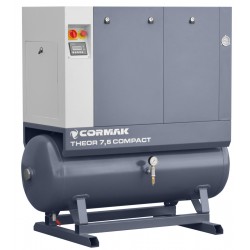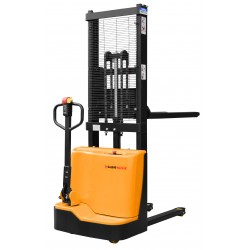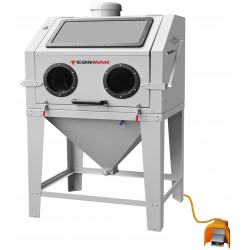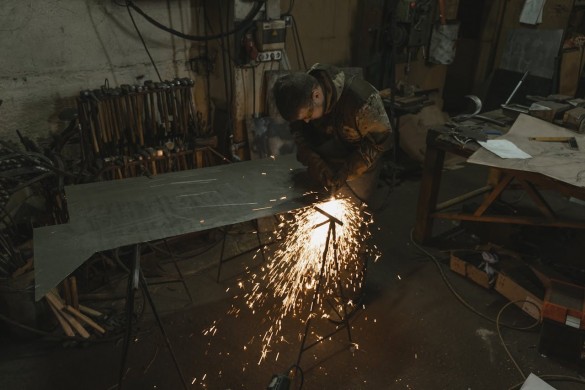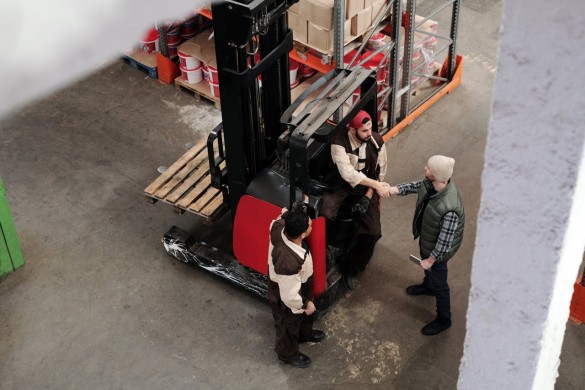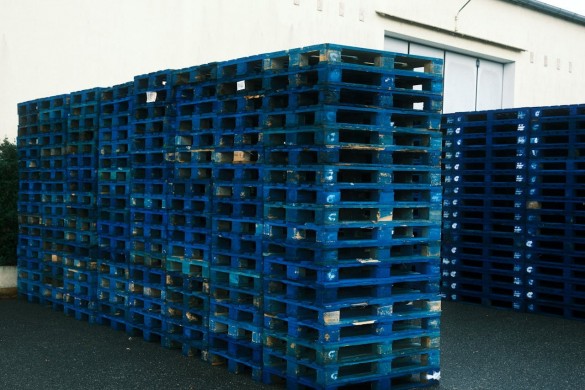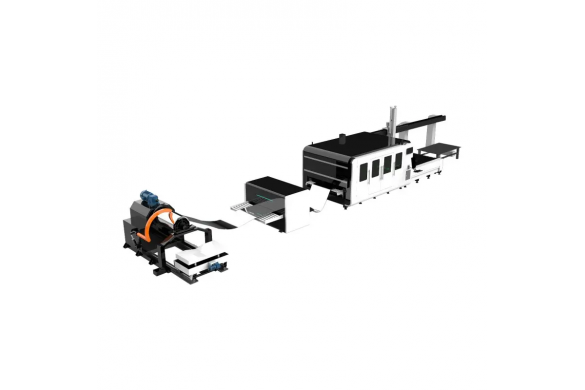What is metal sandblasting?

Metal sandblasting is a process that plays a key role in preparing surfaces for further processing or protection. By using compressed air and suitable abrasive materials, metal sandblasting allows for the removal of contaminants, rust, paint, and other unwanted elements from the surface. In this article, we will examine what metal sandblasting entails, the machines used in this process, and the benefits it offers for industrial material processing.
What is metal sandblasting?
Metal sandblasting is a surface treatment process that involves propelling a stream of fine abrasive particles (e.g., sand, garnet, or other abrasives) onto the metal surface under high pressure. This effectively removes contaminants, corrosion, old paint coatings, and prepares the metal surface for subsequent processes, such as painting, galvanizing, or applying other protective coatings.
This process is particularly important in industries that require high-quality metal surface treatment, such as the automotive, aerospace, or construction industries. Therefore, if you're wondering how to sandblast metal, it's worth understanding the technical details and available equipment options.
What machines are used for metal sandblasting?
Various types of machines are used for metal sandblasting, differing in performance and application scope. The most commonly used devices include cabinet sandblasters and siphon sandblasters, which ensure efficiency and precision in the process. The choice of the appropriate device depends on the size of the workpiece and the required accuracy.
-
Cabinet sandblasters are devices where the sandblasting process takes place inside a closed cabinet. This allows for control over the amount of abrasive material, and waste from the process is easier to remove. Sandblasting metals in such machines ensures a high degree of precision, which is important for small and complex components.
-
Siphon sandblasters, on the other hand, use a suction system to feed the abrasive material, making them more versatile and suitable for processing larger surfaces. The advantages of these devices include their mobility and the ability to use various abrasive materials.
Benefits of metal sandblasting
Metal sandblasting offers many benefits, especially in the context of surface preparation for further processes. Here are some of the main advantages of this process:
-
Removal of contaminants – Sandblasting effectively removes rust, dirt, oils, and residues from previous paint coatings from the metal surface, resulting in a clean and smooth surface.
-
Improved adhesion – After sandblasting, the metal surface becomes more porous, significantly increasing the adhesion of paints, varnishes, and other protective coatings.
-
Extended material durability – Metal sandblasting helps eliminate initial corrosion, which can significantly enhance the metal's resistance to harmful atmospheric conditions.
Cost of metal sandblasting
The cost of metal sandblasting can vary depending on several factors, such as the type of material being processed, surface area, or the specifics of the equipment used in the process. Generally, sandblasting service prices depend on the type of equipment used, working time, and the quality of abrasive materials. To obtain precise information about sandblasting costs, it's advisable to contact professional companies specializing in this process.
What industrial machines does the industrial machine manufacturer offer?
As an industrial machine manufacturer, Cormak offers a wide range of devices suitable for the metal sandblasting process. The company provides metalworking machines characterized by high-quality workmanship and reliability. These machines enable precise and effective processing operations, including metal sandblasting.
We encourage you to explore the full range of cabinet and siphon sandblasters, which are suitable for any metalworking process.

